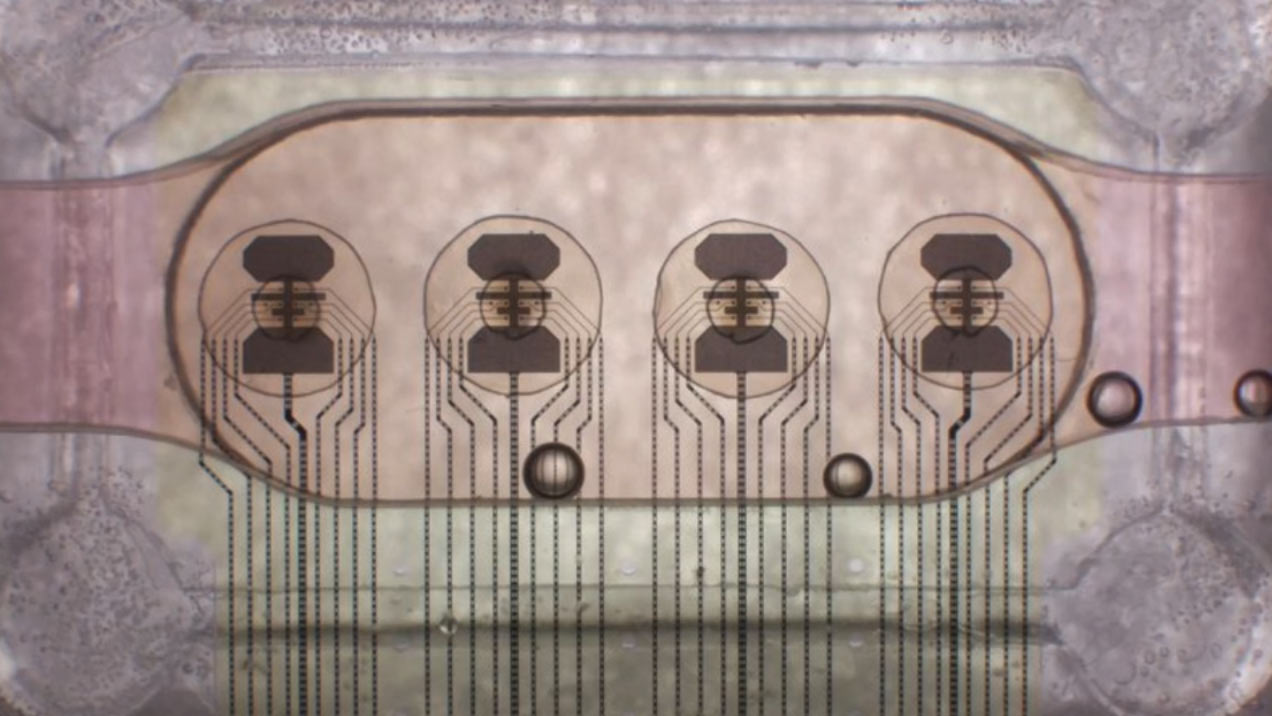
A Swiss biocomputing startup has launched an online platform that provides remote access to 16 human brain organoids. FinalSpark’s Neuroplatform is claimed to be the world’s first online platform delivering access to biological neurons in vitro. Moreover, bioprocessors like this are claimed to “consume a million times less power than traditional digital processors.”
FinalSpark says its Neuroplatform is capable of learning and processing information, and due to its low power consumption could reduce the environmental impacts of computing. In a recent research paper about its developments, it claims that training a single LLM like GPT-3 required approximately 10GWh – about 6,000 times greater energy consumption than the average European citizen uses in a whole year. Such energy expenditure could be massively cut following the successful deployment of bioprocessors.
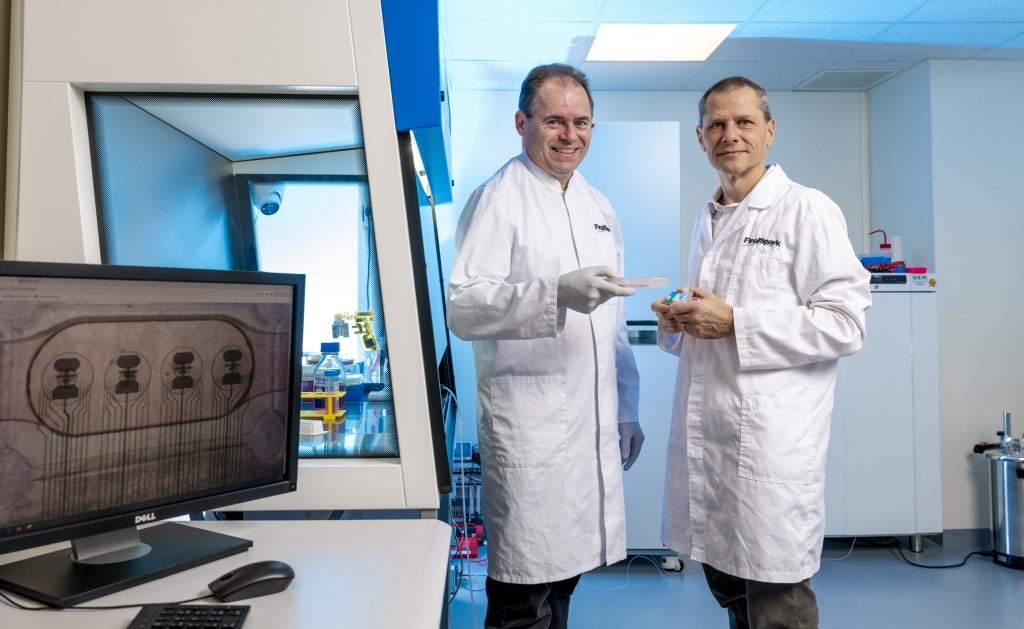
The operation of the Neuroplatform currently relies on an architecture that can be classified as wetware: the mixing of hardware, software, and biology. The main innovation delivered by the Neuroplatform is through the use of four Multi-Electrode Arrays (MEAs) housing the living tissue – organoids, which are 3D cell masses of brain tissue.
Each MEA holds four organoids, interfaced by eight electrodes used for both stimulation and recording. Data goes to-and-fro via digital analog converters (Intan RHS 32 controller) with a 30kHz sampling frequency and a 16-bit resolution. These key architectural design features are supported by a microfluidic life support system for the MEAs, and monitoring cameras. Last but not least, a software stack allows researchers to input data variables, and then read and interpret processor output.
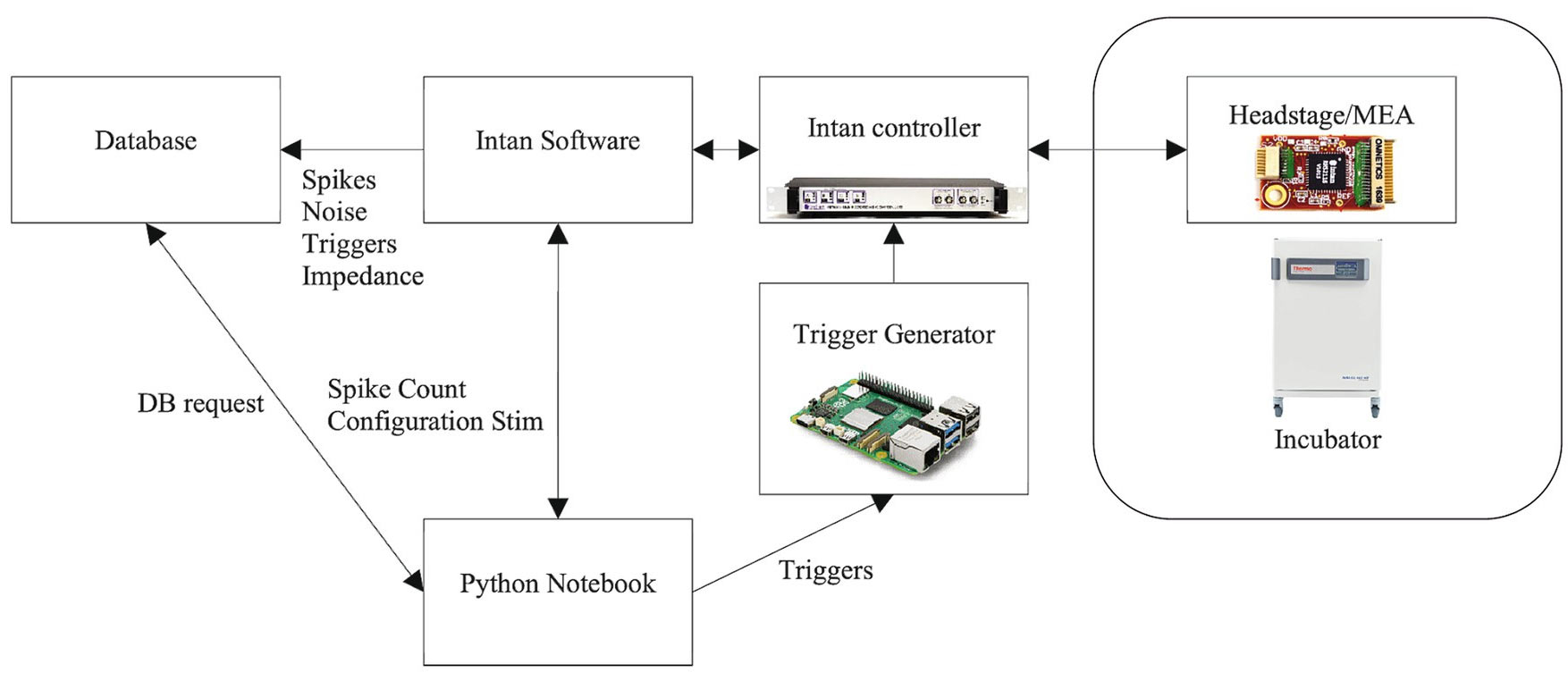
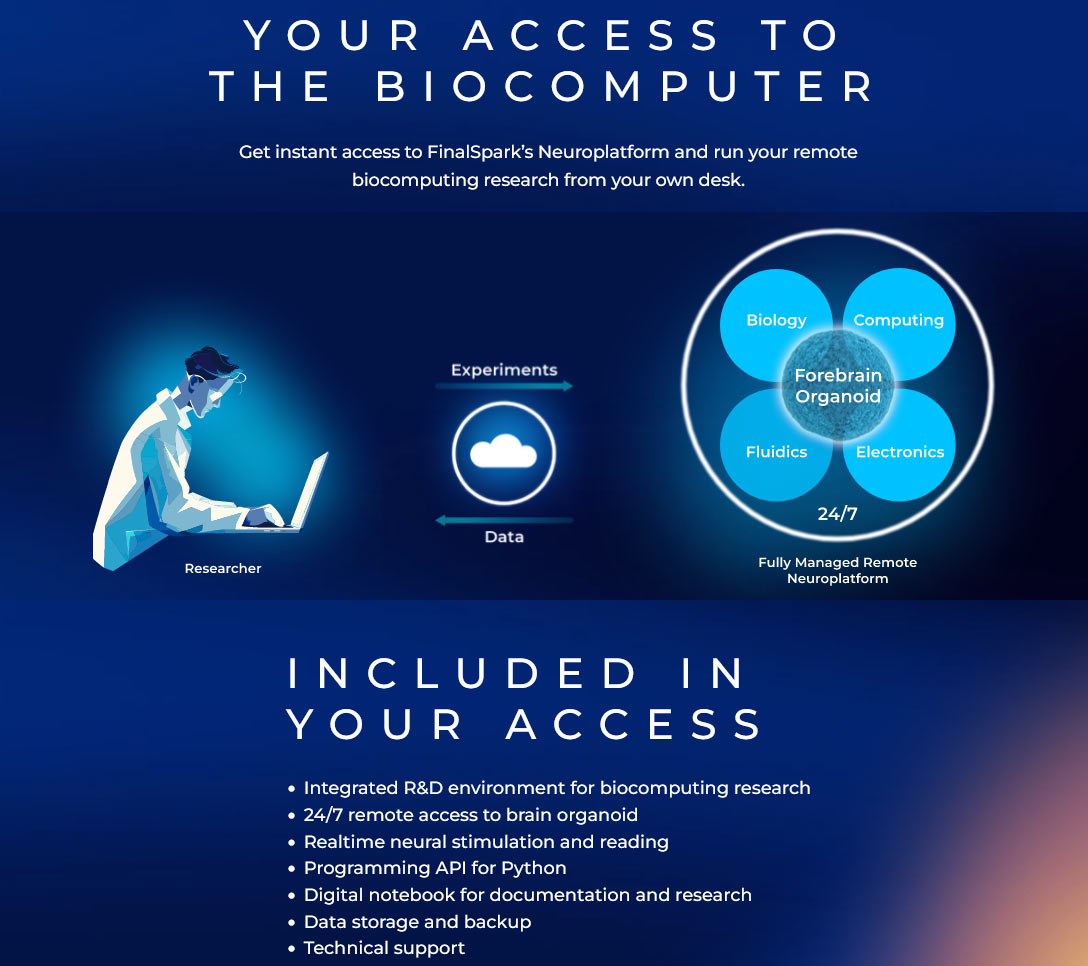
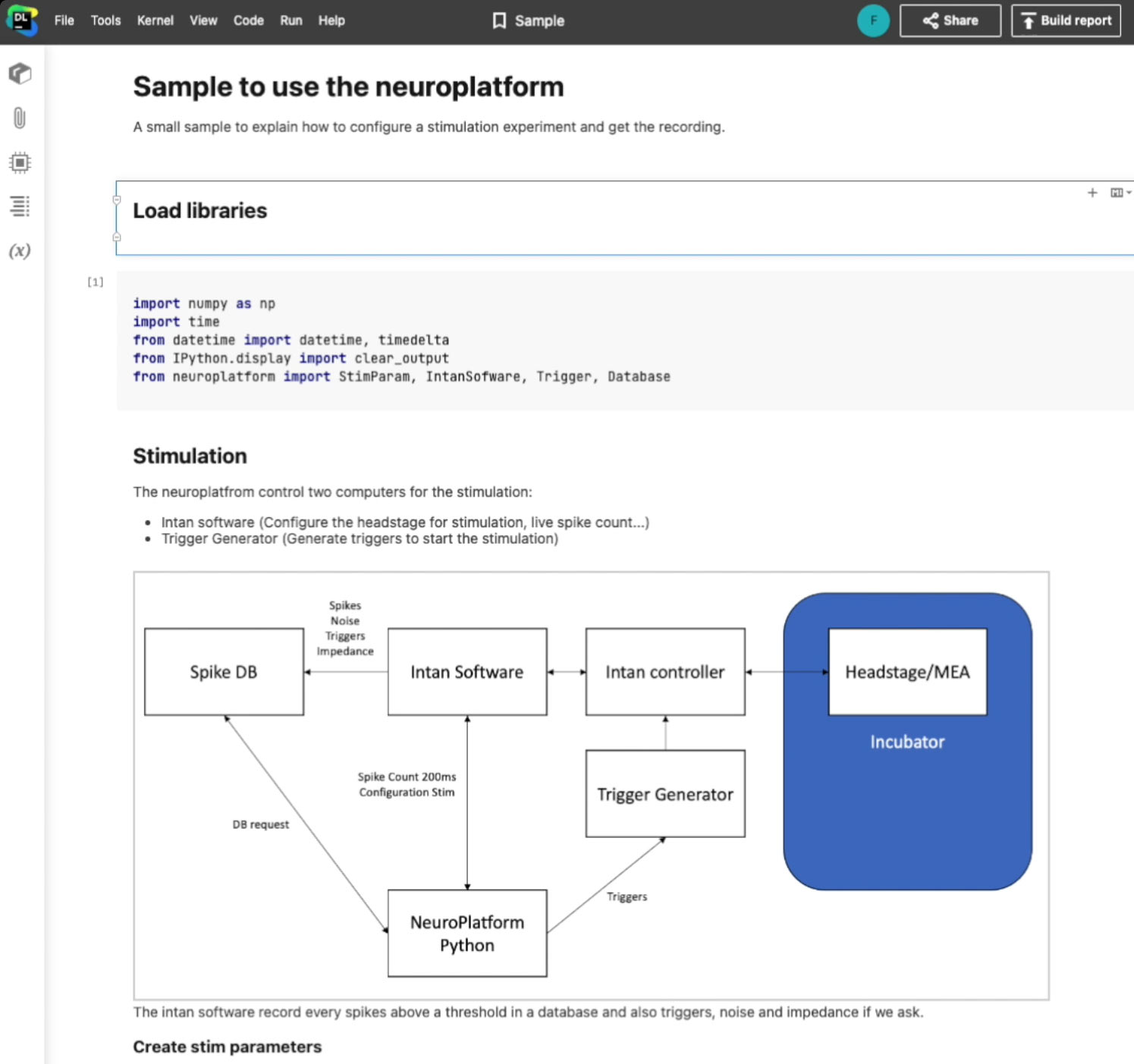
FinalSpark has given access to its remote computing platform to nine institutions to help spur bioprocessing research and development. With such institutions' collaboration, it hopes to create the world’s first living processor. Also, there are already three dozen universities interested in Neuroplatform access.
To access the Neuroplatform, educational institutions are asked to subscribe for $500pcm for each user.
Biological processor organoids 'live' about 100 days
Silicon chips can last years, sometimes decades. The neuronal structures that form bioprocessors are also said to have a long lifespan, but are only “suitable for experiments that run for several months,” says FinalSpark. Initially, the firm’s MEAs would only last a few hours, but refinements to the system mean an organoid lifespan is currently expected to be around 100 days.







